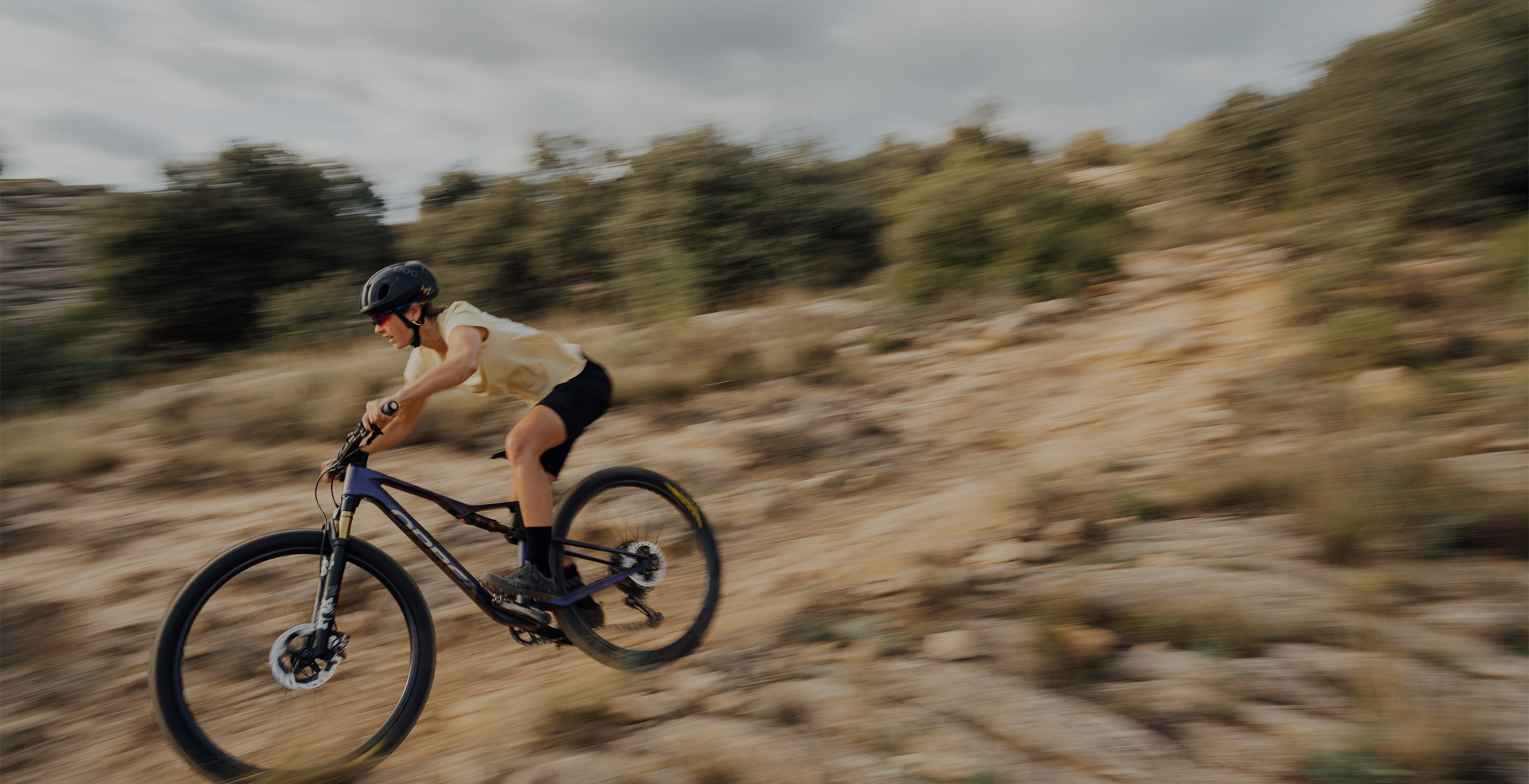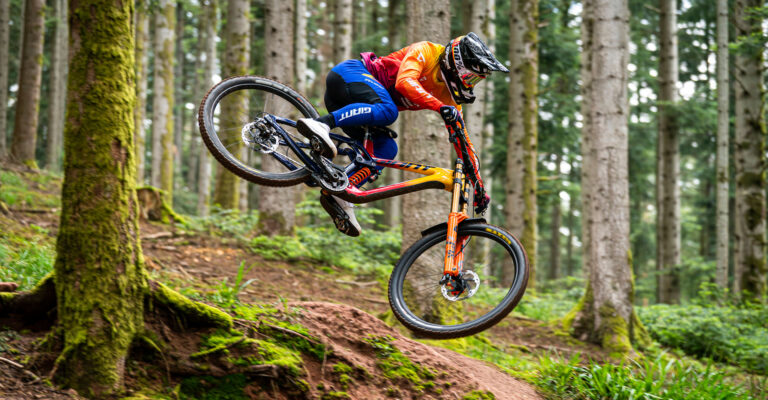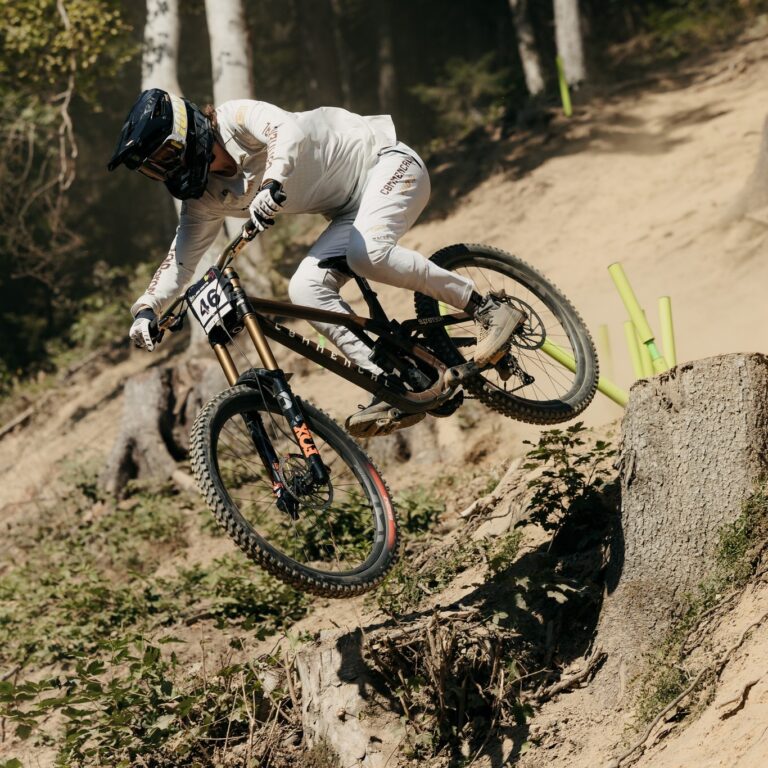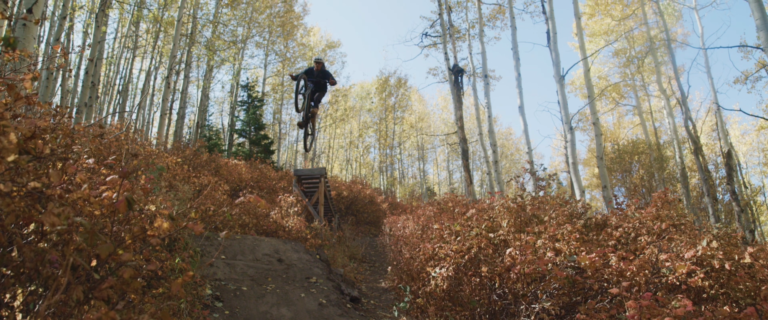4 Game-Changing Essentials: Upgrading Components on Cross Country Bikes

Key Point Summary of Upgrading Components on Cross Country Bikes:
- Identifying Upgrade Needs: Evaluate current bike performance to identify which upgrades will offer the most significant improvements.
- Prioritizing Components: Focus on upgrades that reduce weight, improve durability, or enhance control, such as wheels, drivetrain, and suspension.
- Cost-Effectiveness: Consider the balance between cost and performance gain to make wise investment decisions in upgrades.
- Compatibility and Integration: Ensure new components are compatible with existing bike systems for seamless performance enhancement.
As a cyclist with years of experience across mountain biking, gravel grinding, and cyclocross, I’ve learned that strategic upgrades can profoundly impact a bike’s performance, especially in the demanding realm of cross-country (XC) riding. XC biking, with its unique blend of endurance, speed, and technical prowess, demands a bike that is not only lightweight but also capable of withstanding varied terrain while offering precise control. Here’s how to approach upgrading your XC bike for optimal performance.
Understanding When to Upgrade
The first step in upgrading your XC bike is to assess your current setup’s limitations. Are you seeking lighter components for climbing efficiency? Do you need better suspension for handling technical descents? Or, perhaps, a more reliable drivetrain for smoother gear changes? Identifying specific performance bottlenecks will guide your upgrade choices.
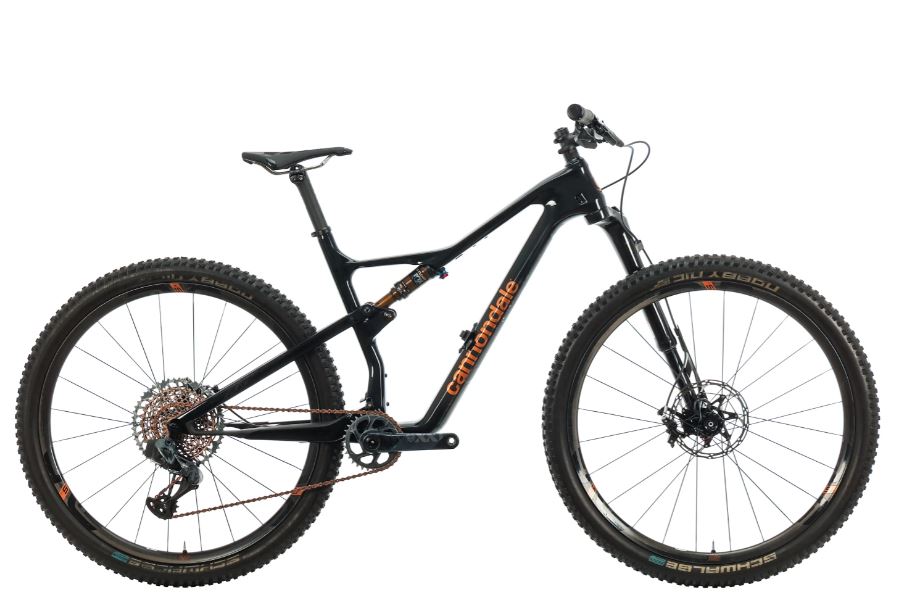
Strategic Component Upgrades
- Wheels: Upgrading to lighter, more durable wheels can significantly affect acceleration, climbing, and handling. Consider wheels with a good balance of weight and strength, ideally tubeless-ready for better puncture resistance and the ability to run lower tire pressures.
- Drivetrain: A more efficient drivetrain with a wider range of gears can improve your ability to tackle steep climbs and fast descents. Look for systems that offer crisp, reliable shifting under load.
- Suspension: For XC bikes, a high-quality, adjustable suspension fork (and possibly rear shock for full-suspension models) can enhance control and comfort on technical courses. Lightweight air springs and lockout features are valuable for climbing efficiency.
- Brakes: Lightweight hydraulic disc brakes offer superior stopping power and modulation, essential for controlling speed during technical sections and steep descents.
- Cockpit Components: Handlebars, stems, and seatposts made from lightweight materials like carbon fiber can reduce overall bike weight while improving ride feel and comfort.
Balancing Cost and Performance
While the desire to upgrade can be strong, it’s important to consider the cost-to-performance ratio. Some upgrades offer more bang for your buck in terms of weight savings and performance enhancements. Research and sometimes, a bit of trial and error, can help identify which upgrades will provide the most tangible benefits for your riding style and goals.

Ensuring Compatibility
One of the challenges of upgrading bike components is ensuring compatibility with your current setup. This includes considerations like wheel size, hub standards, drivetrain compatibility, and brake mounting interfaces. Consulting with a professional or doing thorough research before making any purchases is crucial to avoid costly mistakes.
Upgrading Components on Cross Country Bikes: In Conclusion
Upgrading your XC bike’s components can be a rewarding process that significantly enhances your riding experience. By focusing on key areas like wheels, drivetrain, and suspension, and making informed decisions that balance cost with performance gains, you can transform your XC bike into a more capable, enjoyable ride on the trails. The best upgrades are those that address your specific needs and help you achieve your riding objectives, whether that’s climbing faster, descending with more confidence, or simply enjoying the trails more than ever before.
Most modern cross-country (XC) bikes are designed with the flexibility to allow for component upgrades, catering to riders looking to personalize their setups for improved performance or comfort. Brands that are known for producing XC bikes that are especially upgrade-friendly include:
- Specialized: Their Epic and Chisel series offer a solid foundation for upgrades, with frames that can accommodate the latest drivetrain technologies, wheelset changes, and suspension adjustments.
- Trek: The Supercaliber and Procaliber models from Trek are designed for high performance and are highly customizable, allowing for easy upgrades to wheels, drivetrains, and more to suit different racing conditions and rider preferences.
- Giant: The XTC and Anthem series from Giant are versatile XC platforms that offer compatibility with various component upgrades, making them suitable for riders looking to tweak their bikes for better performance.
- Cannondale: Known for their innovative designs, Cannondale’s Scalpel and F-Si models are built with upgrade potential in mind, accommodating everything from lightweight wheels to advanced suspension systems.
- Scott: The Spark and Scale series from Scott are another excellent choice for riders interested in upgrading, offering the flexibility to improve components for enhanced speed, handling, and efficiency on the trails.
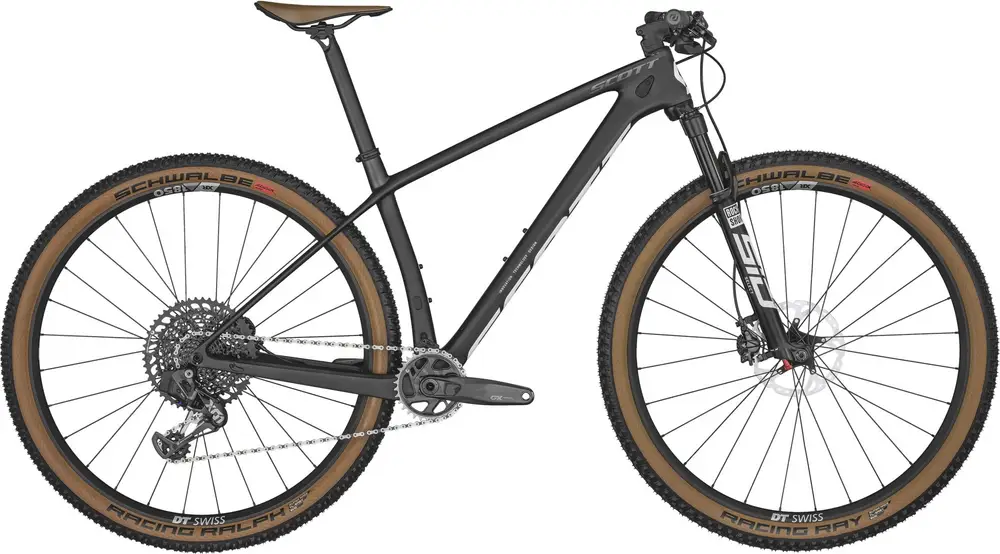
These bikes are designed with the modern cross-country rider in mind, providing a mix of lightweight efficiency, durability, and compatibility with a wide range of aftermarket components. Whether you’re looking to upgrade for competitive racing or simply to enhance your riding experience, these models offer a solid foundation that can grow and adapt with your cycling needs.
FAQ
Can you upgrade components on a bike?
Yes, you can upgrade components on a bike to improve performance, comfort, or aesthetics, depending on compatibility with your bike’s frame and existing components.
How can I make my XC bike faster?
To make your XC bike faster, consider upgrading to lighter wheels, optimizing tire choice and pressure for your terrain, enhancing drivetrain efficiency with a higher-quality groupset, and reducing overall bike weight with lighter components.
What type of bike is best for cross country?
The best type of bike for cross-country (XC) riding is a lightweight, efficient XC mountain bike, typically featuring either a hardtail or full-suspension design optimized for speed, climbing, and handling on diverse terrains.
What is the first thing to upgrade on a road bike?
The first thing to upgrade on a road bike for noticeable performance improvement is often the wheels. Lighter, more aerodynamic wheels can significantly improve speed, acceleration, and climbing efficiency.
Happy XC Race!
John
